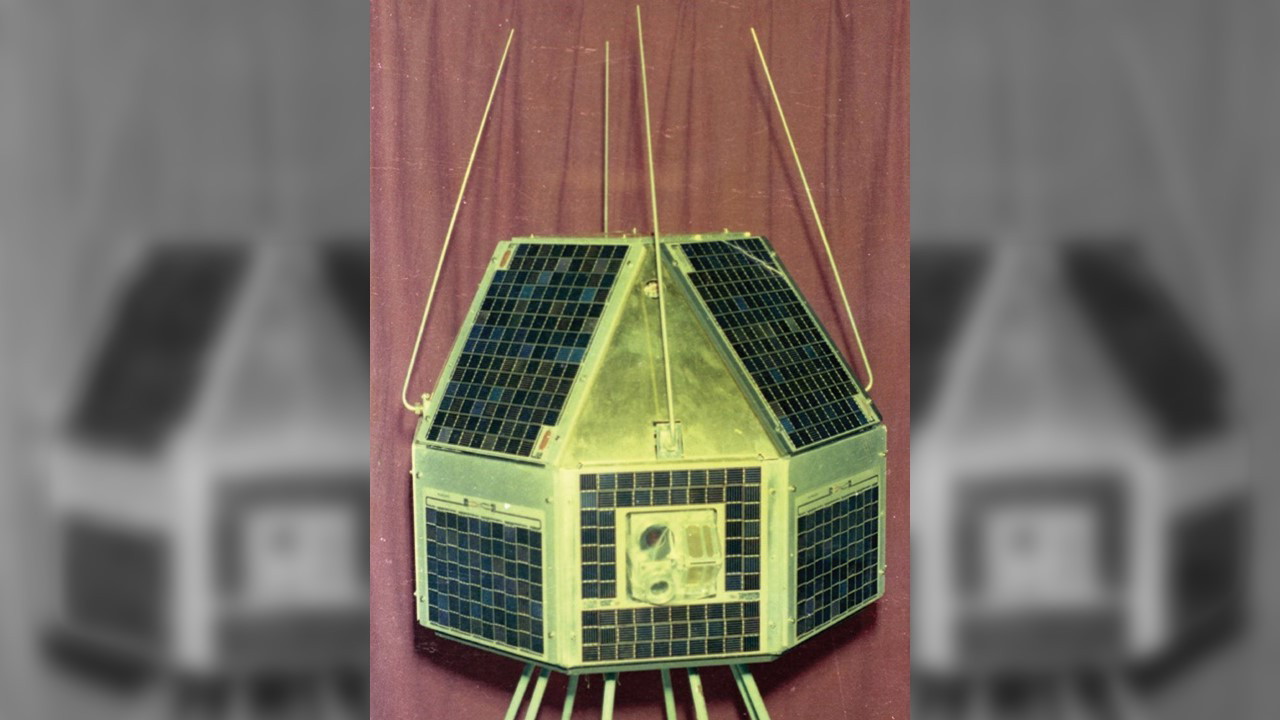
The word "satellite" relates to a machine that is launched into space and travels in the infinite galaxy, but these satellites are more beneficial than just wandering in space.
Thousands of artificial, or manmade satellites orbit Earth. Some take pictures of the planet that help scientists predict weather and track hurricanes. Some take pictures of other planets, the sun, black holes, dark matter or faraway universes. Still, other satellites are used mainly for communications, such as beaming TV signals and phone calls around the world. Satellites also can see into space better than telescopes at Earth's surface. That's because satellites fly above the clouds, dust and molecules in the atmosphere that can block the view from ground level.
In 1980, Rohini-1 became the first satellite to be placed in orbit by an Indian-made launch vehicle, SLV-3 by the Indian Space Research Organisation (ISRO). It was a 35 kg (77 lb) experimental spin-stabilized satellite that used 16W of power and was successfully launched on 18 July 1980 from ‘Satish Dhawan Space Centre’. It was the first satellite successfully launched by the indigenous launch vehicle SLV (Small-lift launch vehicle). It provided data on the fourth stage of SLV. This satellite had a mission life of 1.2 years and an orbital life of 20 months. ISRO subsequently developed two other rockets, the Polar Satellite Launch Vehicle (PSLV) for launching satellites into polar orbits and the Geosynchronous Satellite Launch Vehicle (GSLV) for placing satellites into geostationary orbits. geostationary and polar are the two most common types of orbit. A geostationary satellite travels from west to east over the equator. It moves in the same direction and at the same rate, Earth is spinning. From Earth, a geostationary satellite looks like it is standing still since, it is always above the same location. Polar-orbiting satellites travel in a north-south direction from pole to pole. As Earth spins underneath, these satellites can scan the entire globe, one strip at a time.
Rohini is a series of these satellites launched by ISRO. The Rohini series consisted of four satellites, each of which was launched by the Satellite Launch Vehicle and three of which made it successfully to orbit. The series was mostly experimental satellites. Several international organizations keep track of satellites in space. ‘Crashes’ are rare because when a satellite is launched, it is placed into an orbit designed to avoid other satellites. But orbits can change over time. And the chances of a crash increase as more and more satellites are launched into the space. (source - isro.gov.in)
All the information obtained by these satellites helps scientists predict weather and climate. Satellites looking toward Earth provide information about clouds, oceans, land and ice. The information also helps public health officials track disease and famine, it helps farmers know what crops to plant; and it helps emergency workers respond to natural disasters. Satellites that face toward space have a variety of duties to perform. Some watch for dangerous rays coming from the sun. Others explore asteroids and comets, the history of stars, and the origin of planets. Even if Rohini satellites were experimental satellites as their primary mission was for ISRO to learn satellite and launch vehicle technologies like telemetry, tracking, stabilization, remote sensing and many more, rather than any specific “real world” application. But this one huge step turned on many other glorious missions of ISRO.
